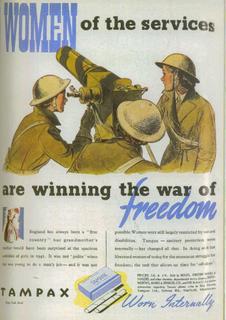Where are all the female bloggers? Here, in my weekly “top ten” posts.
I’m on my way to a collection of 300 women bloggers.
Black Looks, “Musings and Rantings of an African Fem”, writes about the proud homophobes of independent Africa. On The Disenchanted Forest, meanwhile, “Ol Cranky”, who describes herself as a “tart-tongued harpy”, discusses America’s National Coming Out Day. But, she says: “We don’t define or limit straight people by how or with whom they have sex, there’s no legitimate reason do so for people who aren’t straight.”
Miss Mabrouk of Egypt reports on some dreadful statistics on violence against women.
In the US, on Pink Pumps and Politics, Chelsea Lou is asking what is the Supreme Court doing with the case of Anna Nicole Smith, while Liza on culturekitchen is promoting the impeach Cheney first campaign, for both political and non-political reasons.
On Within/Without, Neha is leaping to the defence of bloggers who have been threatened just for linking to an article critical of an Indian institute. “I want my inalienable right – to have an opinion,” she declares.
At the Reproductive Rights Blog, a post on the horrific state of abortion law in Colombia – with more information promised.
Knife-wielding Feminists is a joint site for “feminist foodies”. I’m not really into cooking myself, but am into eating, so can visit just to salivate over the pics. It seemed unfair to pick out one poster, so go and taste them all. Still on food (and more serious subjects), the writer of Utopian Hell is planning to boycott Girl Scout cookies this year, because of the organisation’s stance on video gaming laws.
Then finishing on a cultural note, Joanie on Bonamassa Blog reviews a rollercoaster evening of a concert, with the North Mississippi Allstars – “the kind of music you grew up listening to (if you’re an old geezer like me)”.
***
Last week’s edition is here.
***
Remember nominations are hugely welcome – I’ll probably get to you eventually anyway, but why not hurry along the process?
You might be wondering about the difference between this and the Carnival of Feminists, the inaugural edition of which will be here NEXT WEDNESDAY.
In the Friday collection I’m introducing new women bloggers each week, but the carnival is designed to be a collection of the best explicitly feminist posts from around the blogosphere. Also, I’ll only be hosting the first one; after that there’s be a new host for each edition. (And I’d be most grateful if you could post a note about it, and the request for nominations, on your blog!)


 About
About